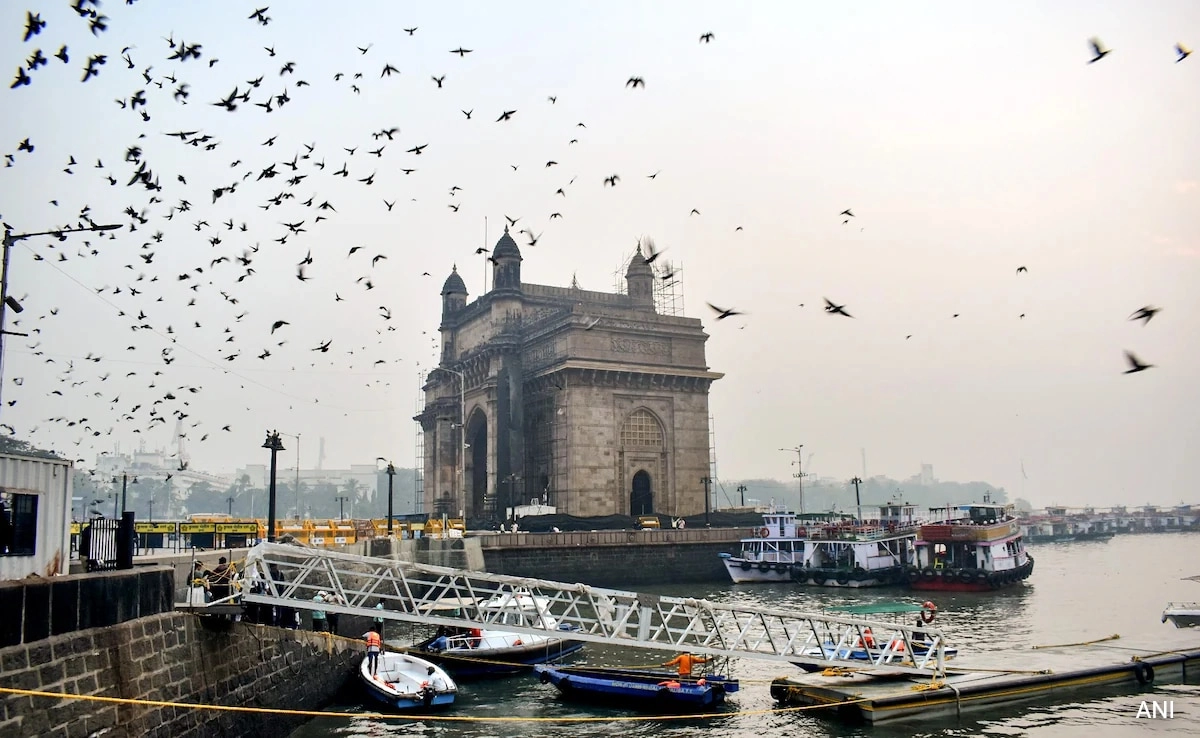The High Court has recently made a significant ruling regarding the controversial jetty near the Gateway of India, stating that the project is neither irrational nor arbitrary. This decision comes after a series of legal challenges and public debates surrounding the construction and its implications for the iconic Mumbai landmark. The Gateway of India, a historical monument and a major tourist attraction, has long been a focal point for both locals and visitors. The jetty’s development raised concerns about its potential impact on the environment, local heritage, and the overall aesthetic of the area.
The court’s ruling reflects a careful examination of the arguments presented by various stakeholders, including environmental activists, local residents, and the government. The judges emphasized that while public interest is paramount, the project was evaluated on its merits, leading to the conclusion that it aligns with urban development goals. The High Court acknowledged the necessity of infrastructure development in a rapidly growing city like Mumbai, where tourism plays a vital role in the economy, and highlighted that proper regulatory measures are in place to mitigate any adverse effects.
The decision is expected to pave the way for the jetty’s construction, which aims to enhance connectivity for ferry services and bolster tourism around the Gateway of India. Supporters of the project argue that it will not only provide better access for tourists but also contribute to the economic growth of the region. However, concerns remain among environmentalists who fear potential disruptions to the local ecosystem and heritage sites. As the project moves forward, it will be crucial for stakeholders to engage in continuous dialogue to address these concerns while ensuring that development proceeds in a responsible manner.
Overall, the High Court’s clear stance on the jetty project underscores the balance that must be struck between development and preservation in a city that is constantly evolving. As Mumbai continues to navigate the challenges of urbanization, such legal decisions will shape the future landscape of the city, impacting its cultural heritage and economic prospects for years to come. The engagement between community voices and development plans will be essential to ensure that the rich history of places like the Gateway of India remains intact while accommodating the needs of a modern metropolis.




